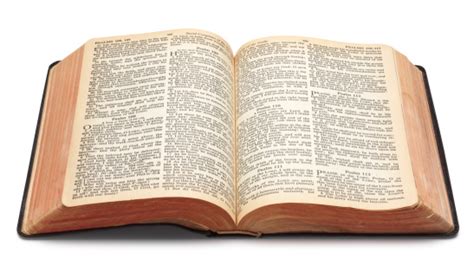You have set Peter against Paul, who teaches that salvation is through faith, not by works (Eph 2:8-9), such as baptism.
The text of 1 Pe 3:20-21 reads: ". . .the longsuffering of God waited in the days of Noah, an ark being prepared in which a few, this is eight souls, were quite saved through water. Which figure also now saves us, that is baptism, not a putting away of the filth of the flesh, but an answer of a good conscience toward God through the resurrection of Jesus Christ."
When you consider the grammatical construction of Peter's context above in Noah and the ark,
baptism is a figure/symbol of the water which saved eight people in the ark, where the
flood is a figure of baptism, in that in both instances, the water that spoke of judgment (in the flood, the death of the wicked; in baptism, the death of Christ and the believer, Ro 6:2-4) is the water that saves; while
baptism is a figure of salvation, in that it depicts Christ's death, burial and resurrection and our identification with him in these experiences.
"Also now saves us," in the context of the rest of the NT, means saved by what baptism symbolizes--Christ's death and resurrection (Ro 6:2-4).
This using of the symbol to refer to the reality is, as I understand it, what the Catholic church calls "sacramental union."
"answer of a good conscience toward God" is a commitment on the part of the believer in all good conscience to make sure that what baptism symbolizes in Ro 6:2-4 will become a reality in his life.
And now we have Peter and Paul in agreement in the truth of the matter, and not set against each other in untruth.

